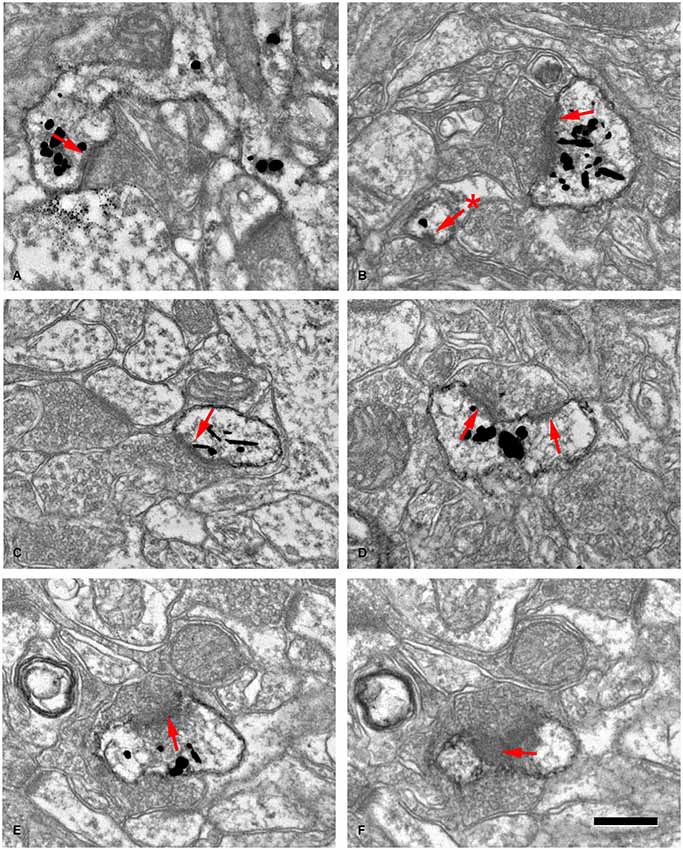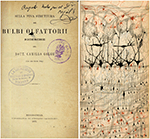

“We’re more alike than we are different,” Present said. From joyful stories to personal struggles and existential problems, interviewees explored a variety of topics, he said. Though the interviewees came from wildly different backgrounds, Present said the overarching themes developed naturally. Present said he hopes the film helps viewers break down their assumptions about what sets people apart. “It was really important to stop in a lot of these small towns … to talk to folks because they’re not always used to getting their voices heard.” “In the big 2016 election, they were called the silent majority. Small towns are often overlooked, Reter said, which is why she sought to ensure these perspectives were heard. Sound Recordist and Field Producer Maya Reter (Medill ʼ22) said she cares deeply about rural America and the people who live there, since she grew up in a small town. “We had the shared experience of this love for the water.” We met people who were just interested in boats or dams,” Snedegar said. We met people (whose) livelihoods are on the water. The documentary leans into the fact that not every image has to be pristine, he said.įor Communication sophomore and production assistant Jeff Snedegar, the film felt personal.Īfter growing up near Illinois’s Rock River, Snedegar said he feels connected to water and cherishes his memories of rowing up and down the river’s length. Present said the film’s graininess offered “American Dendrite” a timeless, adventurous quality.
#Dendrite stories movie
“You can make a movie out of a minivan and you don’t need … all sorts of fancy stuff to tell a story.”


“It was really just us, this Super 8 camera and some really good sound mixers,” Bates said. For two weeks, the crew shot at least 10 rolls a day, Communication senior and producer Caroline Bates said. With each roll of Super 8, the crew could only film 150 seconds at a time. Very few feature films are recorded entirely on this type of film, which is typically designed for home videos, Present said. “American Dendrite,” which is now in post-production, was shot on old-school Super 8 film. “By putting those side by side, the goal was to see how geography affects human culture and how human culture affects geography.”

“(The format) created this river of thoughts … that matches the actual rivers that we were following,” Present said. Instead of questions, interviewees were guided by a single prompt: a clip of what the person before them said. Present said the documentary’s interviewing format was like a game of telephone. The crew assembled a snapshot of the country’s current climate and collective consciousness. The stop was one part of a two-week journey exploring the course of water flowing from Chicago to the end of the Mississippi River.Ī small crew of students and recent alumni joined Present, interviewing strangers along their journey. Filming the documentary “American Dendrite” took director and producer Adam Marshall Present (Communication ʼ21) all the way to 4th of July celebrations in Baton Rouge, Louisiana.


 0 kommentar(er)
0 kommentar(er)
